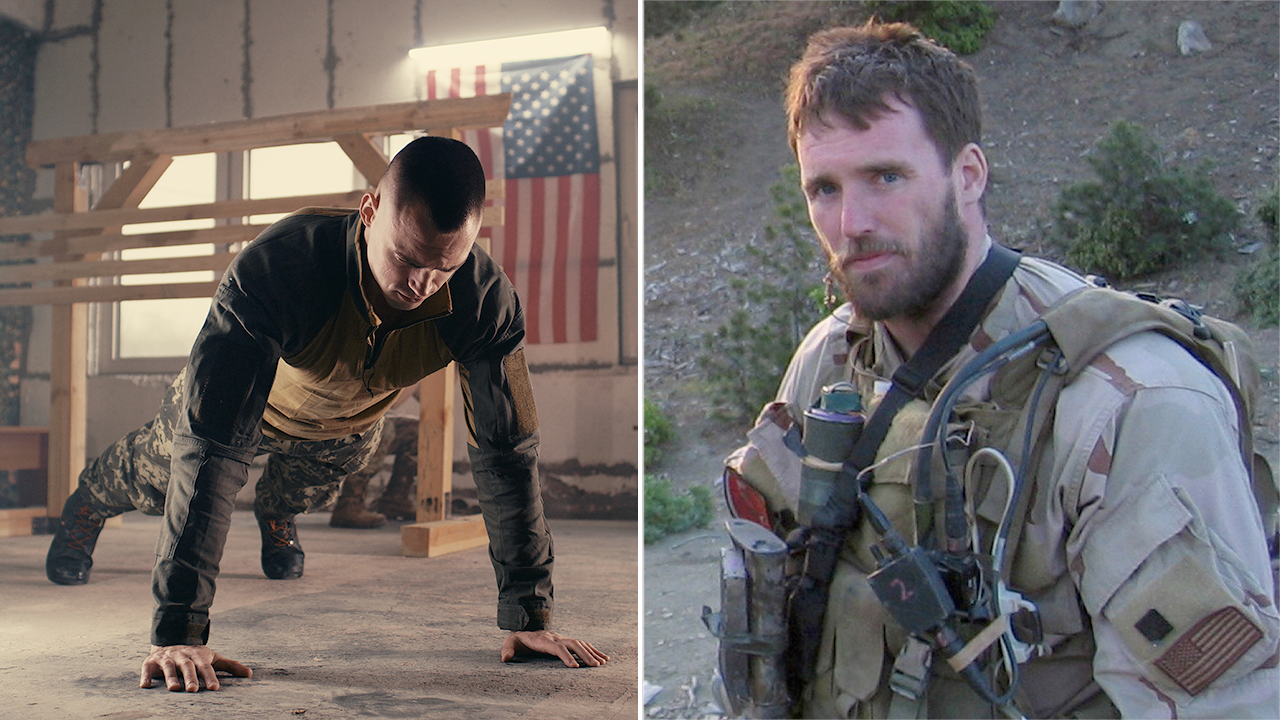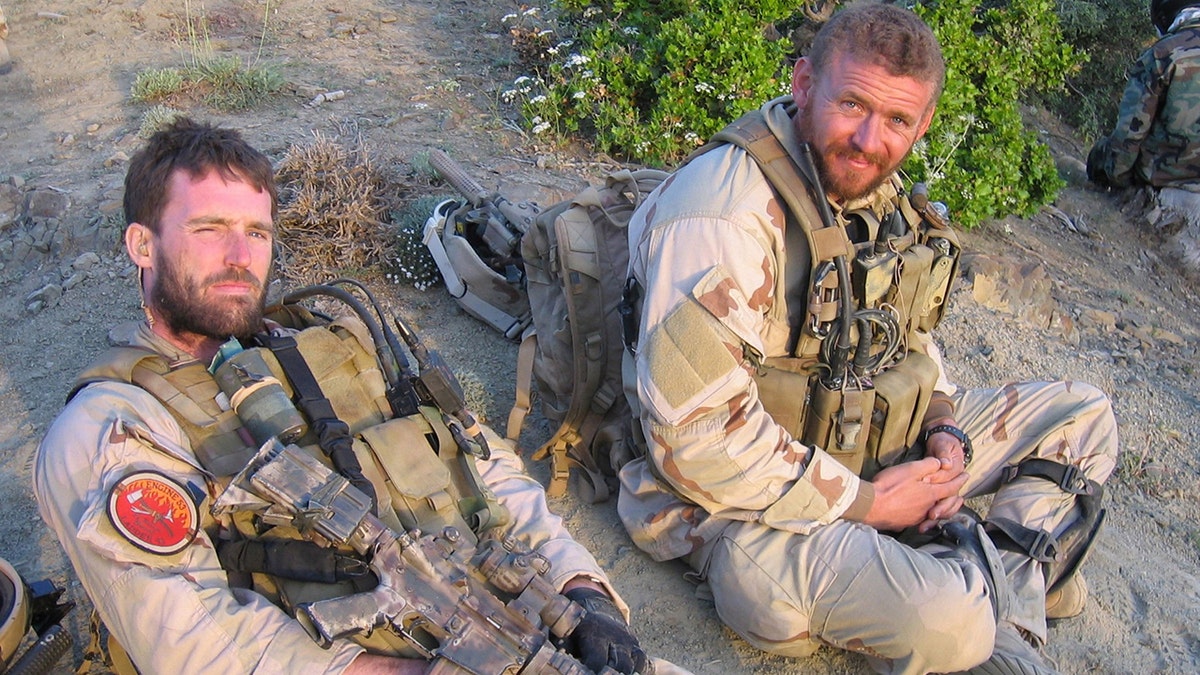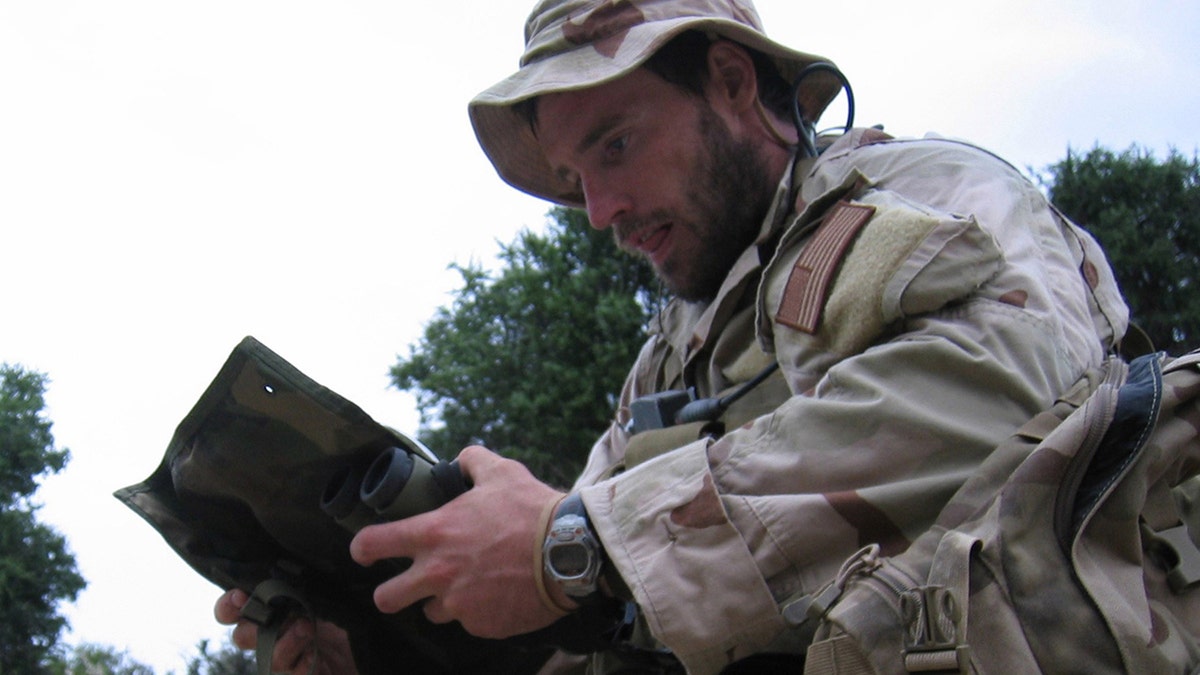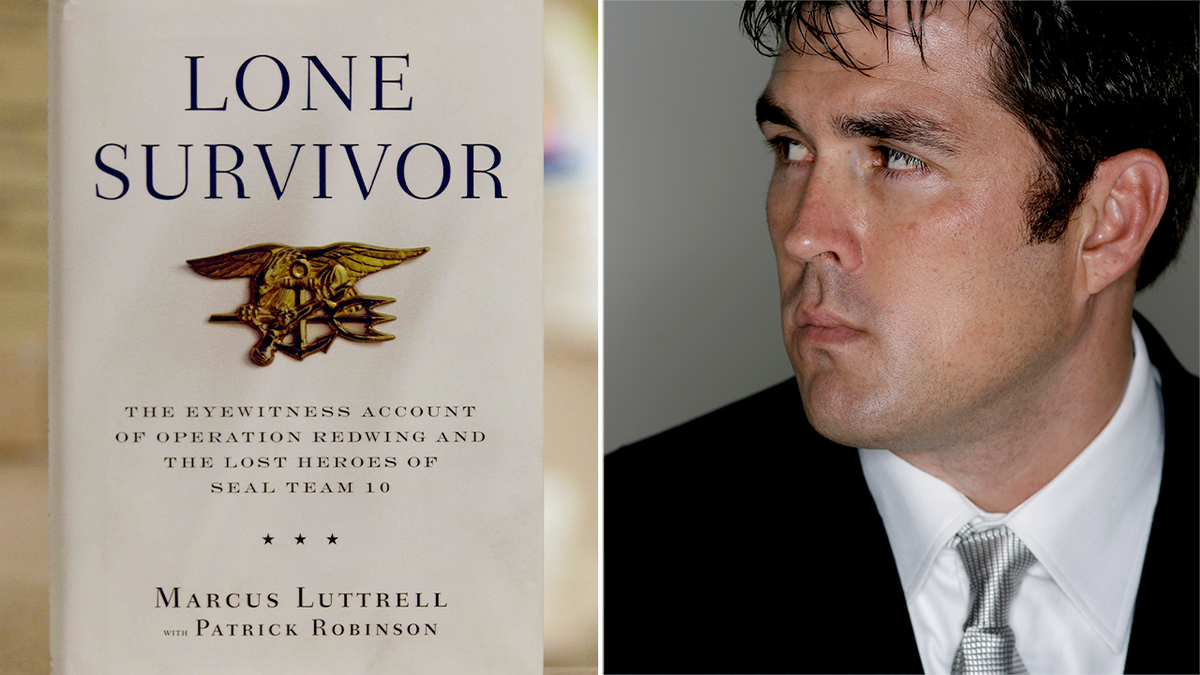Health
Prostate cancer risk increases by 45% among men who share one troubling behavior

Researchers are warning that men who regularly dodge prostate cancer screening appointments are 45% more likely to die from the disease.
Prostate cancer is the most common cancer among men and the second-leading cause of cancer deaths, according to UC San Francisco (UCSF).
But if screening programs are introduced on a national scale — particularly those that measure levels of prostate-specific antigen (PSA) in the blood — they could give men earlier access to treatment, experts say.
PROSTATE CANCER CASES SPIKE IN THIS US STATE AS DOCTORS SHARE LIKELY REASON
They would thus have a better chance of being cured, according to reporting by news agency SWNS and others.
Screening can also prevent costly treatments associated with advanced prostate cancer.
A new study examined the link between the consistent decline of men’s screenings and the risk of dying from prostate cancer. It reveals a “stark contrast” that emphasizes the potential consequences of screening avoidance. (iStock)
That’s according to data from the European Randomised Study of Screening for Prostate Cancer (ERSPC).
The study collects information from seven European nations — Finland, the Netherlands, Italy, Sweden, Switzerland, Belgium and Spain. It is said to be the world’s largest prostate cancer screening study, said SWNS.
COMMON CANCER TYPE COULD BE DETECTED WITH NEW BLOOD TEST
Long-term data from this entity consistently shows that PSA screening programs can lead to a 20% reduced risk of dying from prostate cancer.
‘Stark contrast’
Now, an analysis of 20-year follow-up data from the ERSPC is the first to look at the link between the consistent decline of screening invitations and men’s risk of dying from this type of cancer.
It reveals a “stark contrast” that emphasizes the potential consequences of screening avoidance.
Of the 72,460 men invited to partake in screenings, around one in six were non-attenders and skipped every appointment.
Researchers from Erasmus MC Cancer Institute at the University Medical Centre in the Netherlands led the analysis, said SWNS.
Of the 72,460 men invited to partake in the screenings, around one in six were non-attenders and skipped every single appointment.
That group had a 45% higher risk of dying from prostate cancer compared with those who attended screening appointments, according to the findings.

Choosing not to participate in screening is a choice that may be driven by a complex collection of factors, said one expert. (iStock)
When comparing outcomes with the control group – men who were never invited to have screenings – those who attended the screening appointments had a 23% lower risk of dying from prostate cancer, while non-attenders faced a 39% higher risk, SWNS reported.
Lead study author Renée Leenen, M.D., Ph.D., said the choice not to participate in screening may be driven by a complex collection of factors.
CLICK HERE TO SIGN UP FOR OUR HEALTH NEWSLETTER
Said Leenen, who is with the Erasmus CM Cancer Institute in the Netherlands, “It may be that men who opted not to attend a screening appointment are care avoiders — meaning they’re less likely to engage in healthy behaviors and preventative care in general.”
Experts “need to better understand who these men are, why they choose not to attend appointments and how to motivate them.”
She added, “This is the opposite behavior of people who are perhaps more health-conscious and are more likely to attend a screening appointment … Our study identifies that men who were invited for screening, but do not attend screening appointments, are at a significantly higher risk of dying from prostate cancer compared to men who were not offered screening or accepted an invitation for screening.”

Long-term data from this entity consistently shows that PSA screening programs can lead to a 20% reduced risk of dying from prostate cancer. (iStock)
Dr. Leenen said that experts “need to better understand who these men are, why they choose not to attend appointments and how to motivate them.”
Doing so, she added, “will help us design population-based prostate cancer screening programs that encourage higher rates of informed participation … Tackling attendance rates in this way could be a big factor in the long-term success of a national prostate screening program,” SWNS reported.
For more Health articles, visit www.foxnews.com/health
Urologist Tobias Nordström, M.D., Ph.D., of the Karolinska Institute in Sweden, said, “We need to better understand why these men might actively choose not to participate in screening, despite being invited to attend, and how this behavior is linked to worse outcomes when they get a diagnosis.”
The findings from the study are scheduled to be presented this weekend at the European Association of Urology (EAU) Congress in Madrid, Spain, said SWNS.
Fox News’ senior medical analyst Dr. Marc Siegel, who was not involved in the new study on prostate cancer risks, previously called out the need for regular medical screenings.
Siegel has emphasized the need to “diagnose it early for better outcomes.”
Angelica Stabile of Fox News Digital contributed reporting.

Health
Ozempic Headaches: Experts Explain Causes and Cures Woman's World

Use left and right arrow keys to navigate between menu items.
Use escape to exit the menu.
Sign Up
Create a free account to access exclusive content, play games, solve puzzles, test your pop-culture knowledge and receive special offers.
Already have an account? Login
Health
Memorial Day ‘Murph’: Could you complete this military fitness challenge?

Memorial Day is for remembering those who have made the ultimate sacrifice.
As Americans honor the day in their own ways, people across the country will be participating in a tough fitness challenge honoring fallen Navy SEAL Lt. Michael Murphy.
The challenge, known as “the Murph,” consists of a variety of strength training and cardio activities, which Murphy himself used to complete during SEAL training.
AMERICANS SHOULD HONOR MEMORIAL DAY IN THIS WAY, MILITARY SERVICE MEMBERS SUGGEST
Murphy’s former SEAL roommate, Kaj Larsen, told Fox News Digital how he also participated in these workouts, which have turned into a national movement of patriotism.
“Murph and I would often run to the pull-up bars and then do this workout where we did 100 pull-ups, 200 push-ups and 300 air squats, and then we’d run back to our barracks room,” Larsen said.
Lt. Michael P. Murphy, shown at right in a photo from Afghanistan, did “the Murph” workout while in SEAL training. (U.S. Navy via Getty Images; iStock)
“The total run was about a mile to the pull-up bars and a mile back, and this became one of Murph’s favorite workouts.”
WHAT IS RUCKING? THIS POPULAR FITNESS TREND GOES BACK TO BASICS FOR BIG GAINS
Murphy would often wear his body armor as a challenge, originally calling the workout “Body Armor.”
Now, tens of thousands of people on Memorial Day complete “the Murph.”

Murphy, left, of New York and Sonar Technician (Surface) 2nd Class Matthew G. Axelson of California sit in Afghanistan on June 8, 2005. Murphy and Axelson were assigned to SEAL Delivery Vehicle Team 1, Pearl Harbor, Hawaii, and were killed by enemy forces during a reconnaissance mission, Operation Red Wing, on June 28, 2005. (U.S. Navy via Getty Images)
“It’s a really beautiful way to honor him,” Larsen said. “Murph would have loved the idea of thousands of people sacrificing through sweat. That was right up his alley.”
He added, “He loved working out. And I think he’s smiling down on us as he sees us all doing one of his favorite workouts.”
“Murph would have loved the idea of thousands of people sacrificing through sweat.”
The classic Murph consists of the following exercises, in order or broken up:
- one-mile run
- 100 pull-ups
- 200 push-ups
- 300 air squats
- another one-mile run
Murphy and Larsen would often do the workout with a 20-pound weighted vest, which is optional.
ARMY UNVEILS NEW FITNESS TEST WITH TOUGHER STANDARDS – COULD YOU PASS IT?
For those looking to attempt the Murph this Memorial Day, Larsen said there is “no one way” to do it.
While some people train all year for the Murph, modifications are acceptable.
This can include partitioning the reps of push-ups, pull-ups and squats into sets, or subbing out pull-ups for jumping pull-ups or assisted pull-ups with a band. The runs can also be walked, Larsen noted.

While some people train all year for the Murph, modifications are acceptable. (iStock)
“The point is to do something hard that challenges yourself in recognition and honor of those who have made the ultimate sacrifice,” he said. “And if you do that, you have done the Murph.”
Act of heroism
Larsen, currently head of military investing and communications at Siebert.Valor, the military arm of Siebert Financial, spent 13 years in Naval Special Warfare as a SEAL and left the military at the rank of lieutenant commander.
NYPD DETECTIVE SHARES GRUELING WORKOUTS TO MOTIVATE COPS TO GET IN SHAPE
The veteran spent his rookie years with Murphy, who joined through Basic Underwater Demolition SEAL Training (BUDS) in 2001.
SEAL Officer Murphy, the son of a New York firefighter who is originally from Long Island, was part of a team that specialized in long distance and special reconnaissance.

SEAL Lt. Michael P. Murphy sits on the ground in Afghanistan on May 20, 2005. Murphy was part of a team that specialized in long distance and special reconnaissance. (U.S. Navy via Getty Images)
In 2005, during his first combat deployment to Afghanistan, Murphy was part of Operation Red Wings, designed to go after a senior-level Taliban operative, Larsen described.
The operation has been memorialized as one of the greatest losses in Naval Special Warfare history.
CLICK HERE TO SIGN UP FOR OUR HEALTH NEWSLETTER
Murphy’s team was compromised, overwhelmed by superior forces as a firefight broke out. There were no survivors except for one SEAL, Marcus Luttrell.
A Quick Reaction Force (QRF) helicopter with eight SEALs flew in to support the SEALs on the ground, Larsen said.

Navy veteran Marcus Luttrell, at right, wrote the book “Lone Survivor: The Eyewitness Account of Operation Redwing and the Lost Heroes of Seal Team 10.” (Michael P. Farrell/Albany Times Union via Getty Images; Nick de la Torre/Houston Chronicle via Getty Images)
This helicopter arrived due to Murphy’s moment of heroism, where he exposed himself to “excessive enemy fire” to reach radio communication, Larsen recalled.
“He got up on top of a boulder, which was the only place that he could make comms to call in the quick reaction force,” he said. “This ended up saving the life of Marcus Luttrell.”
For more Health articles, visit www.foxnews.com/health
“Mike was killed on June 28, 2005, in Afghanistan. They identified him in part because underneath his uniform, he was wearing a New York Fire Department T-shirt – FDNY T-Shirt – as a tribute to his dad, Daniel Murphy.”
Murphy received the Medal of Honor for his actions that day, and the U.S. Navy commissioned a battleship named the USS Michael Murphy.
Operation Red Wings has since been immortalized in a book by Marcus Luttrell and in the movie “Lone Survivor” starring Mark Wahlberg.
A museum in Murphy’s honor was also built in his hometown of West Sayville, New York.
“The Murph is hard, and it’s designed to be hard.”
Murphy’s workout was also picked up after his death by the CrossFit community, which turned it into a “massive cultural movement,” Larsen said.
“The Murph is hard, and it’s designed to be hard,” he added.
“And I, for one, just appreciate everybody continuing to keep Murph and other soldiers like him who have paid the ultimate sacrifice in their hearts and in their minds.”
Health
Can Cayenne Really Burn Fat? The Truth About This Spicy Weight-Loss Trend

Use left and right arrow keys to navigate between menu items.
Use escape to exit the menu.
Sign Up
Create a free account to access exclusive content, play games, solve puzzles, test your pop-culture knowledge and receive special offers.
Already have an account? Login
-

 Technology1 week ago
Technology1 week agoMeta asks judge to throw out antitrust case mid-trial
-

 World1 week ago
World1 week agoCommissioner Hansen presents plan to cut farming bureaucracy in EU
-

 News1 week ago
News1 week agoVideo: Doctors Heal Infant Using First Customized-Gene Editing Treatment
-

 News1 week ago
News1 week agoNew Orleans jailbreak: 10 inmates dug a hole, wrote ‘to easy’ before fleeing; escape plan found
-

 Movie Reviews1 week ago
Movie Reviews1 week agoDevil’s Double Next Level Movie Review: Trapped in a punchline purgatory
-

 Business1 week ago
Business1 week agoVideo: How Staffing Shortages Have Plagued Newark Airport
-

 Business1 week ago
Business1 week agoConsumers Show Signs of Strain Amid Trump's Tariff Rollout
-

 News1 week ago
News1 week agoMore than 20 dead after tornadoes sweep through Kentucky and Missouri














